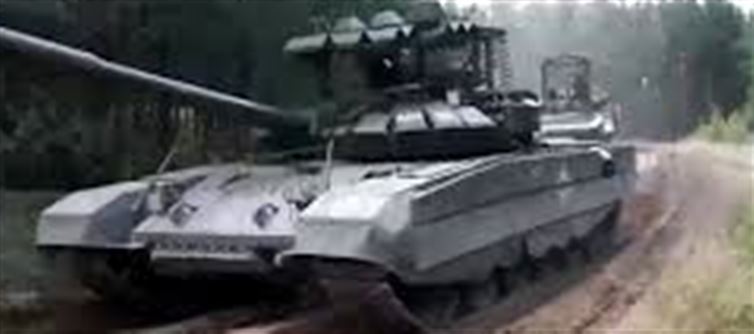
India’s participation in Zapad 2025, the Russian-Belarussian military exercises, has drawn global attention. With 65 indian soldiers attending exercises that included nuclear launch simulations, the move has sparked concern in the West, especially among NATO countries and the US. Here’s a detailed look:
🪖 1. What Are Zapad 2025 war Games?
- Zapad (“West” in Russian) is a joint Russia-Belarus military exercise
- Includes simulations of large-scale conflict, battlefield coordination, and nuclear scenarios
- Typically held every few years to test readiness and strategic coordination
🇮🇳 2. India’s Participation
- 65 indian soldiers were sent to observe and participate
- Focus: Military coordination, logistics, and strategy
- Aims to learn from large-scale exercises and strengthen defense ties with Russia
⚠️ 3. Why the West Is Uneasy
- Exercises are close to NATO borders, raising strategic concerns
- Inclusion of nuclear simulations adds to tension
- NATO and the US worry about geopolitical signals and intelligence gathering
🌐 4. Strategic Implications for India
- Enhances India’s defense preparedness and training
- Strengthens bilateral ties with russia and Belarus
- Offers insights into advanced military operations, which may inform indian defense planning
📝 5. Global Reactions
- NATO: Expressed concern over proximity and scale of exercises
- US: Monitoring potential nuclear scenarios and strategic messaging
- Analysts note that India’s participation is defensive and observational, not interventionist
🔍 6. Lessons for indian Military
- Opportunity to observe Russian-Belarussian operational tactics
- Exposure to joint exercises under high-stress simulations
- Helps modernize training and contingency planning for India’s armed forces
💡 7. Takeaway
India’s decision to attend Zapad 2025 is primarily strategic and educational, aimed at enhancing military knowledge while maintaining balanced foreign policy. However, its presence near NATO’s periphery has drawn international attention and cautious scrutiny.
Disclaimer:
The views and opinions expressed in this article are those of the author and do not necessarily reflect the official policy or position of any agency, organization, employer, or company. All information provided is for general informational purposes only. While every effort has been made to ensure accuracy, we make no representations or warranties of any kind, express or implied, about the completeness, reliability, or suitability of the information contained herein. Readers are advised to verify facts and seek professional advice where necessary. Any reliance placed on such information is strictly at the reader’s own risk.
.jpg)




 click and follow Indiaherald WhatsApp channel
click and follow Indiaherald WhatsApp channel